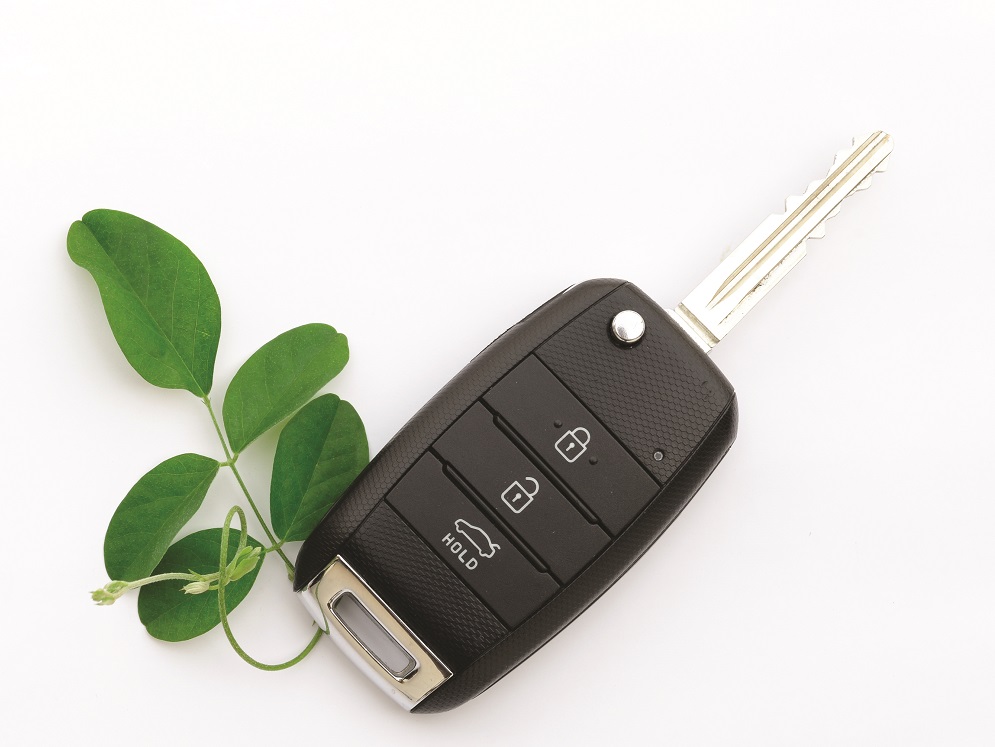The cars we drive are bristling with environmentally-friendly technology, however, we don’t always get the benefit from it. John Davidge discusses how organisations can help drivers to get the most from it.
Whatever the vehicle that employees might drive on your business, in one respect they all have a common problem. Whether the driver drives that vehicle as though he or she has just stolen it, or as if he was a top-class chauffeur, the rate at which the vehicle’s energy reserves are depleted (and therefore the direct cost to the business) will be directly linked.
Worse still if the vehicle is an electric-only vehicle, inappropriate, ill-informed and inefficient driving will soon give the driver a short sharp lesson in range-anxiety which may be followed by rejection of a vehicle they refuse to ever drive again!
However it goes much further than this. As we move into ever-more finely tuned technology for squeezing additional miles out of whatever energy source we are using, the result is that all too often the difference between a competent fuel-efficient driver and the ‘getaway driver’ will become even more marked. Often this may be accentuated by ‘who pays for the fuel’ since a driver who adopts a more spirited driving style but is paying for their own fuel may soon see directly the effects on the wallet and is therefore incentivised to drive differently.
However with so many reports reflecting how the ‘ordinary’ driver cannot achieve manufacturer’s fuel figures it is more likely that most drivers will continue their own poor ‘auto-pilot’ driving style and will soon decry the new technology as hype and rubbish, whilst not understanding that the biggest problem lies within the driver’s own head!
Getting the most from technology
A number of years ago Cardinus completed an in-vehicle driver training session with a driver using his own personal Toyota Prius on allowance for the limited business trips he made – most of his journeys were commuting trips of around 20 miles duration and his fuel computer showed fuel consumption of 46mpg. After a short period of coaching, together with simple explanation of the hybrid technology, he drove his own route to home and back resulting in a fuel consumption of 64.7mpg!
Clearly he was used to the car, having had it for a couple of years and was on a familiar route that he had driven many times before – and even the journey time was in line with his normal achievements – the only difference was in his thinking and planning, as a result of better understanding of his own car. That driver was not only astounded by what he had achieved, but was as a result of that session, strongly inspired to continue his own learning curve – a great result for all!
In the world of heavy trucks, it is becoming unusual to find vehicles with an old-fashioned manual gearbox – instead the manual clutch and gearbox is controlled by computer operation. Why? Fuel consumption is one of the greatest operating costs and poor driving can make a huge difference. So not letting the driver change gear inappropriately, and controlling engine speeds by computer evens out fuel costs (even then a good driver can still beat a poor one by better forward planning!).
It is common to find that with greener vehicle technologies the differences between what a driver can achieve with the optimum understanding, compared with the results that he might normally achieve tend to be more marked – emphasising the need for better education and understanding. While some manufacturers take the time to help sales staff get to know a little more about the vehicles which they sell so that this might be transferred to the end-user, sadly in many vehicle showrooms the young and enthusiastic sales staff have limited understanding of just basic driving skills, let alone of the differences between petrol, diesel or plug-in hybrid vehicles.
While those sales staff ‘at the sharp end’ are given demo vehicles to drive to & from work for product familiarisation purposes, most of them live only a few miles from the dealership so never get the full understanding of the latest technology in order to pass that knowledge on to customers – instead they just regurgitate what the brochure says whilst rarely understanding it fully, thus perpetuating the lack of understanding.
18 months ago my company car was changed to a 2016 Toyota Prius plug-in hybrid (my own informed choice and my 5th Prius) which was delivered to my office by a couple of Eastern European guys on a transporter. Great guys – but there was no handover and no explanation of the technology that I asked for. Instead all I got was ‘it’s a pretty colour, ‘innit mate’!
A highly skilled airline pilot who is experienced with many hours of flying, say, a Boeing 737 (the Mondeo of the skies!) and moves onto a similar aircraft with a different airline has to undertake additional training on the new aircraft that might run to more than a month’s duration with hours of flight training – different engines, changed flight characteristics, altered braking, etc., all demand updated skills. One major UK petroleum company required all of its drivers to undertake familiarisation training before being allowed to move from driving the old Scania 113 articulated lorry they had used for 10 years to later and more powerful Scania 124-360s. And in the workplace an operator is typically required to undertake specific authorisation training before being allowed to use a different class of fork-lift truck.
By helping drivers to understand their vehicles better, and by developing better and more efficient forward planning, drivers can achieve a brighter shade of green, and be safer and save money at the same time.
Find out more about the benefits of eco-driving through our website, or by contacting us at [email protected] or call 020 7469 0200.





